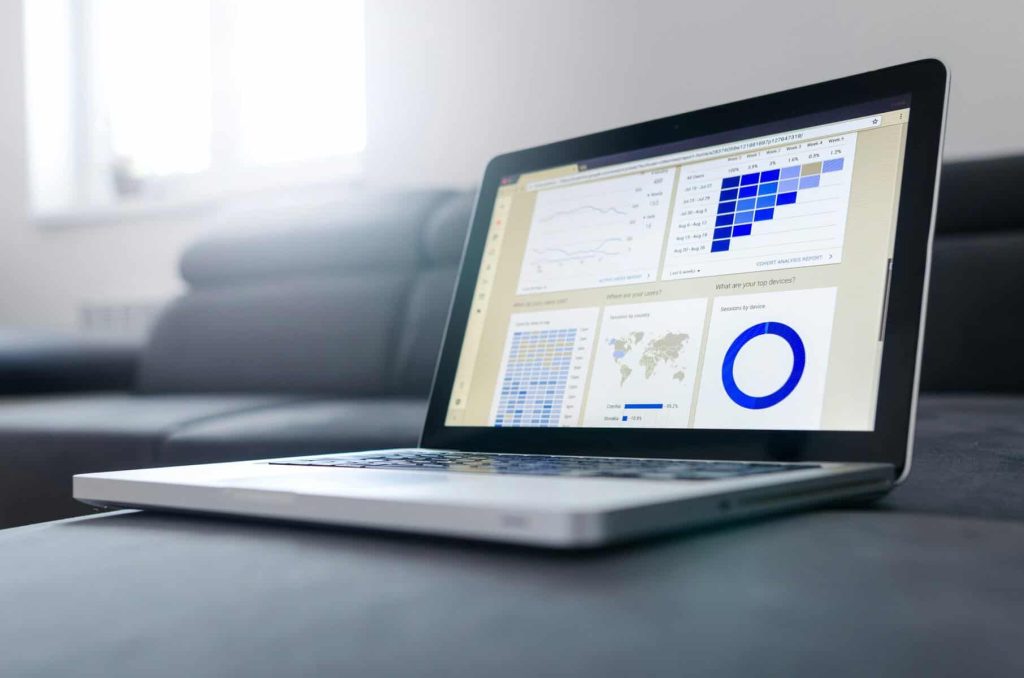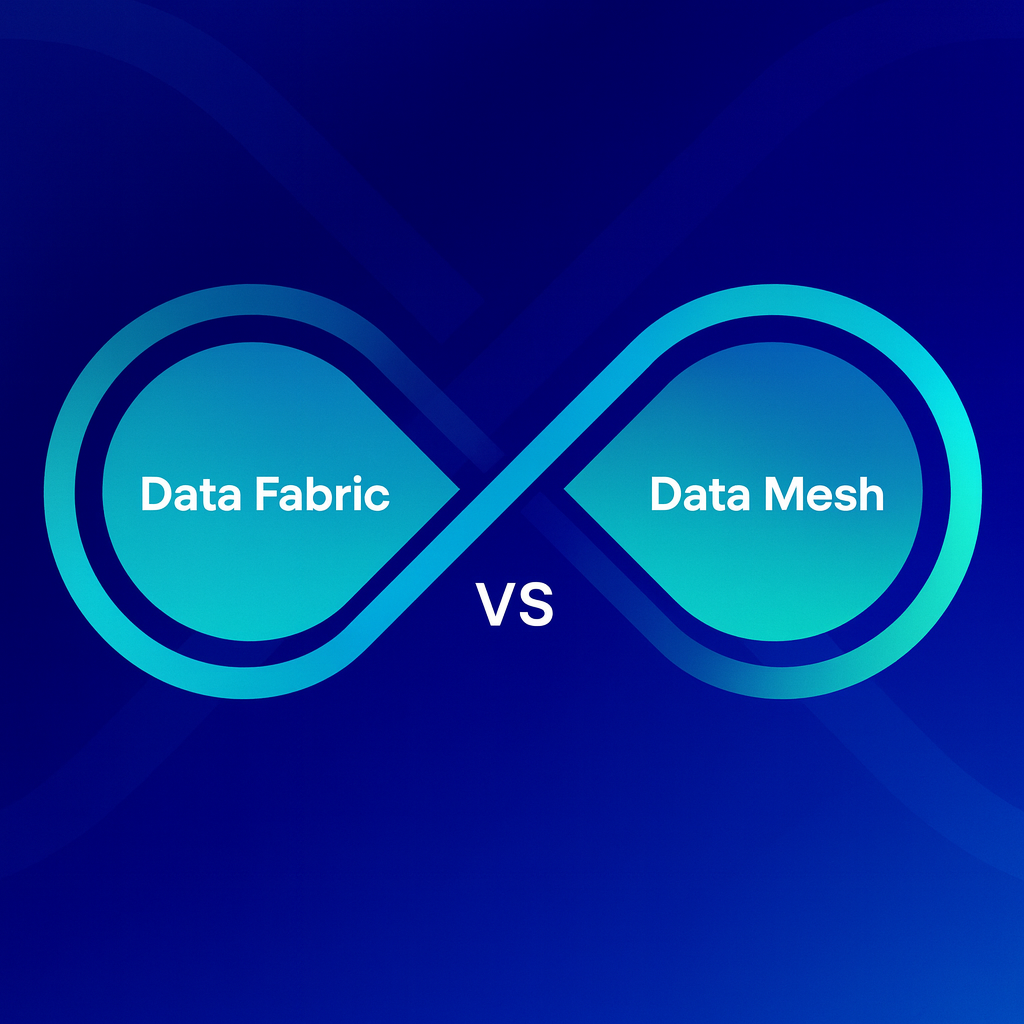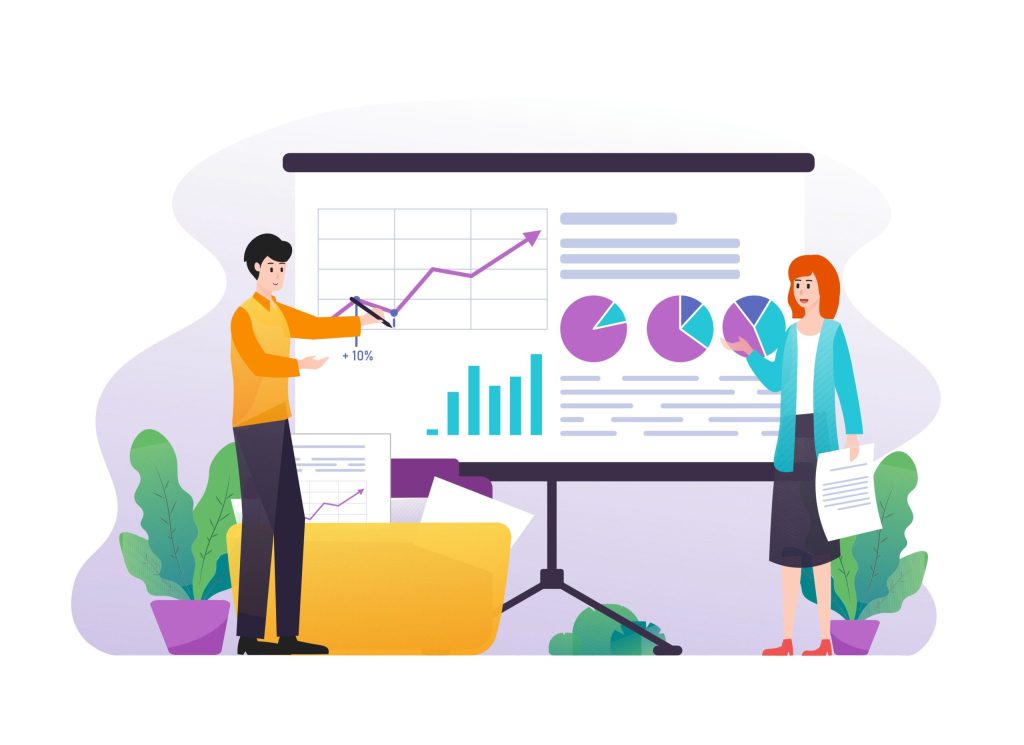Table of Contents
Introduction:
Imagine trying to steer a car while only looking through the rearview mirror. Sounds impossible, right? Yet that’s exactly what businesses do when they rely solely on historical data.
Today’s market demands agility, speed, and instant insights. Enter real-time analytics—the ability to process, analyze, and act on data the moment it’s generated. No more waiting for reports. No more decisions made on outdated information. With real-time analytics, you’re not just watching the game—you’re playing to win.
In this post, we’ll guide you through what real-time analytics is, how it works, and why it’s one of the smartest moves your business can make. Whether you’re a startup, a data engineer, or a C-level executive, this is your roadmap to harnessing real-time power.
What Is Real-Time Analytics?
At its core, real-time analytics refers to the ability to analyze data immediately after it’s collected. This is typically achieved using streaming data from various sources like websites, sensors, apps, or IoT devices.
Unlike traditional analytics, which processes large volumes of historical data in batches, real-time analytics focuses on speed and immediacy. It allows businesses to make instant decisions based on what’s happening right now, rather than what happened hours—or even days—ago.
Examples of Real-Time Analytics:
- An e-commerce store automatically offering discounts to shoppers about to abandon their cart.
- A logistics company rerouting drivers based on live traffic updates.
- A healthcare provider receiving real-time alerts about patient vitals.
Real-time analytics isn’t just about reacting faster—it’s about transforming how decisions are made across your business.

Why Real-Time Analytics Matters More Than Ever
In the digital era, being late can cost you a customer, a sale, or even your reputation. Businesses that adopt real-time analytics enjoy several key advantages:
? Instant Decision Making
Reacting to live trends lets businesses make decisions in the moment—adjusting prices, stopping fraud, or personalizing marketing.
? Improved Customer Experience
Real-time insights help brands anticipate customer needs, fix issues proactively, and deliver personalized experiences.
? Operational Efficiency
With continuous monitoring, businesses can detect anomalies, fix inefficiencies, and streamline workflows without delays.
? Stronger Competitive Edge
In a crowded market, speed is power. Real-time analytics gives you the advantage of acting before your competitors can even react.
Real-Time vs. Traditional Analytics: What’s the Difference?

How Real-Time Analytics Works: The Architecture
Setting up real-time analytics involves a few essential components:
? 1. Data Ingestion
This is where data first enters the pipeline. It could be website clickstreams, sensor data, or social media feeds. Tools like Apache Kafka, AWS Kinesis, or Google Pub/Sub help capture data streams.
? 2. Stream Processing
Next, the incoming data is processed in real time. This means filtering, aggregating, enriching, or applying business logic immediately using platforms like Apache Flink or Spark Streaming.
? 3. Data Storage
For analytics to be useful, you still need a place to store structured, cleaned data. Modern solutions include Apache Druid, Amazon Redshift, and Google BigQuery.
? 4. Dashboards & Alerts
The final layer is visualization and decision-making. Dashboards powered by actionable analytics help teams monitor KPIs and get notified when action is needed.
? Pro Tip: Check out how Engine Analytics builds real-time, actionable dashboards for better decisions.
Top Benefits of Real-Time Analytics
Let’s explore some of the biggest gains from implementing real-time analytics across departments:
? Sales
- Track lead behavior in real time.
- Trigger alerts for high-intent actions.
- Adjust sales tactics instantly.
? Marketing
- Monitor campaign performance live.
- A/B test messaging and creative in real time.
- Automatically reallocate budget based on performance.
? Customer Support
- Detect spikes in support tickets.
- Proactively respond to complaints on social media.
- Deliver personalized responses with live CRM data.
? Operations
- Monitor production lines.
- Avoid downtime with predictive maintenance.
Optimize resource allocation minute by minute.
Use Cases Across Industries

No matter the sector, real-time analytics helps businesses work smarter, faster, and more efficiently.
Overcoming Common Challenges
While powerful, real-time analytics isn’t without hurdles:
? 1. High Data Volume
Streaming data can be overwhelming. Prioritize relevant metrics and use tools that scale automatically.
? 2. Latency Issues
Real-time means milliseconds. Use low-latency infrastructure and efficient code to keep things moving fast.
? 3. Skill Gaps
Not every team has data engineers. Consider partnering with analytics platforms like Engine Analytics to jumpstart your journey.
? 4. Security Risks
Live data is vulnerable. Encrypt everything, use secure APIs, and apply real-time monitoring for suspicious activity.
How to Get Started with Real-Time Analytics
Here’s a step-by-step path to implementing real-time analytics in your organization:
1. Define Business Goals
Start with “Why?” Are you trying to reduce churn? Improve support? Optimize ads?
2. Choose Your Data Sources
Identify which systems produce real-time data—CRMs, sensors, websites, or apps.
3. Select Your Tools
Pick tools that fit your scale, team, and goals. Focus on platforms that integrate well.
4. Start Small, Then Scale
Run a pilot program with a single use case. Show results, then expand.
5. Train Your Team
Your tools are only as good as the people using them. Ensure team members understand the dashboards and how to act on alerts.

Conclusion: Real-Time Is Real Business
In today’s hyper-connected world, speed isn’t just a benefit—it’s a necessity. Real-time analytics empowers businesses to make faster, smarter, and more confident decisions across departments.
You gain visibility, agility, and most importantly, control. Instead of reacting to yesterday’s problems, you’re anticipating tomorrow’s opportunities.
Whether you’re just starting out or scaling enterprise-level operations, the journey to real-time analytics starts with the right mindset and the right partner.
? Ready to bring clarity and speed to your data? Engine Analytics is here to help.
Here’s Some Interesting FAQs for You
Real-Time vs. Traditional Analytics: What’s the Difference?
The core difference lies in when the data is analyzed. Real-time analytics processes data instantly as it’s generated, offering immediate insights and enabling quick decisions. This is ideal for use cases like fraud detection or live customer support. Traditional analytics, on the other hand, works with historical data in batches—great for long-term trends but slower to react to changes.
Can Small Businesses Use Real-Time Analytics?
Absolutely. With the rise of cloud-based platforms and intuitive dashboards, real-time analytics is no longer just for large enterprises. Small businesses can now tap into tools that provide live insights—helping them respond to customer behavior, optimize operations, and stay competitive without breaking the bank.
How to Get Started with Real-Time Analytics
The best way to begin is by focusing on a single area where speed matters. For example, monitor website traffic in real time to understand peak hours, or track customer service activity to identify delays. Once you see the value, you can gradually expand your real-time analytics across other functions.
The core difference lies in when the data is analyzed. Real-time analytics processes data instantly as it’s generated, offering immediate insights and enabling quick decisions. This is ideal for use cases like fraud detection or live customer support. Traditional analytics, on the other hand, works with historical data in batches—great for long-term trends but slower to react to changes.
Absolutely. With the rise of cloud-based platforms and intuitive dashboards, real-time analytics is no longer just for large enterprises. Small businesses can now tap into tools that provide live insights—helping them respond to customer behavior, optimize operations, and stay competitive without breaking the bank.
The best way to begin is by focusing on a single area where speed matters. For example, monitor website traffic in real time to understand peak hours, or track customer service activity to identify delays. Once you see the value, you can gradually expand your real-time analytics across other functions.








